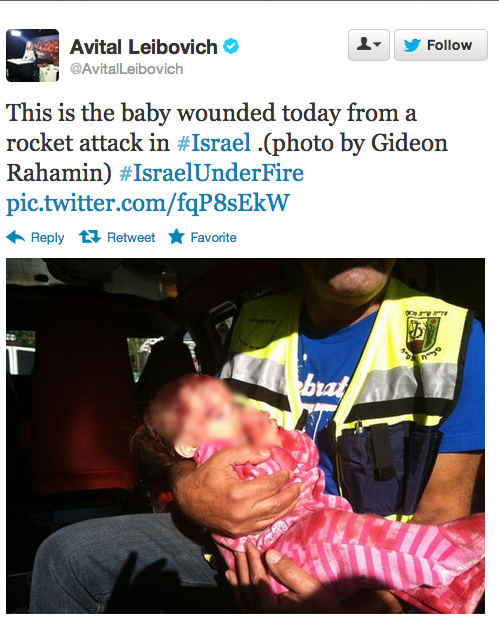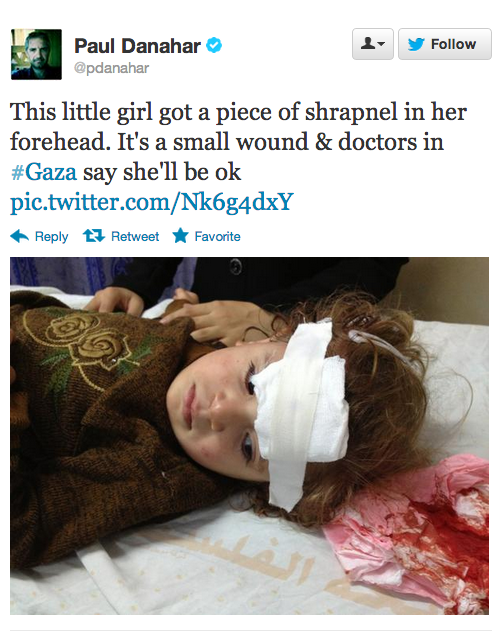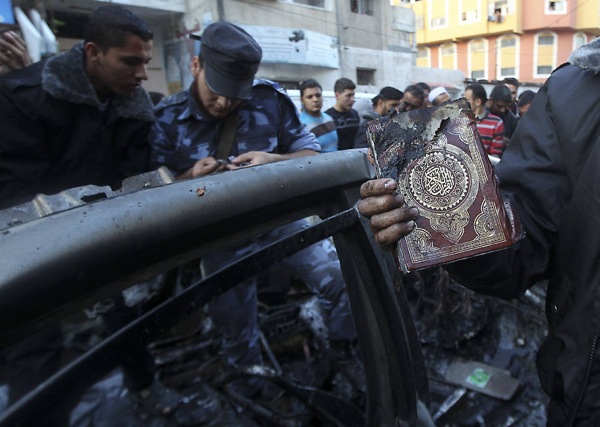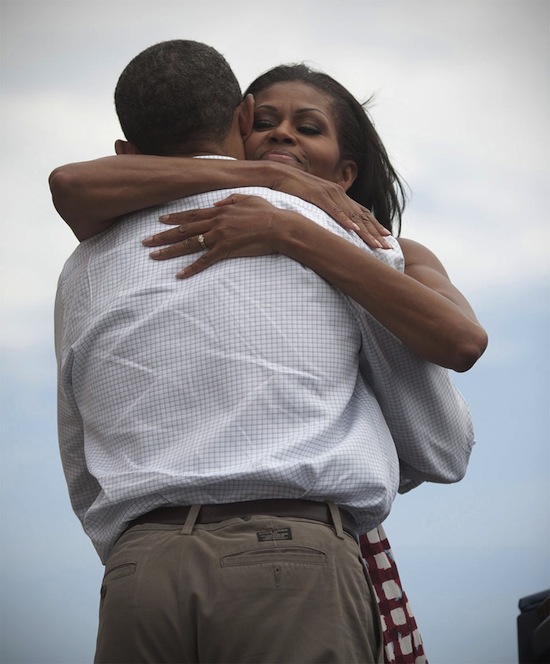Notes
Game Change for Social Media, Media and Photography: Israel, Hamas Draw Us Literally into War
We can hardly begin to understand how much the outbreak of hostilities between Israel and Hamas (and the apparently greater range of the Palestinian’s missiles) has, overnight, changed the waging of war. Up until Wednesday (when Israel’s IDF used Twitter as another war front), I would have argued there was still a division between physical and propaganda war. As of this week, the visual data is no longer distant, it’s no longer delayed, and in its initial views, it is barely filtered, even if coming from the NYT or the BBC.
Without the temporal and editorial mitigation that has emotionally and intellectually abstracted visual news, welcome to a media space in which we are consuming hostility and processing raw data and raw propaganda almost as quickly as the war correspondent, the fighter pilot, the governments, the diplomats and the antagonists themselves. With the rapid evolution of Twitter and Instagram, and the now-essential nature of these services (as Steven Mayes explains in a new interview with Pete Brook at Wired, and I outline in my three-part “State of the News Photo” essay), the imagery has literally become experiential.
I can only label the tweets above (even if one comes from a BBC correspondent, the other unidentified as an IDF spokesperson) as a context-challenging amalgam of witnessing/reporting, grieving and fist-shaking.
(Top photo via Avital Leibovich, Israeli Defense Forces Spokesperson. Bottom photo via Paul Danahar, the BBC’s Middle East bureau chief, from al-Shifa hospital in Gaza City, published in NYT.)




Reactions